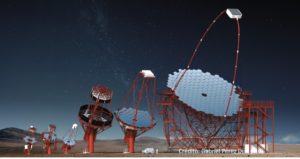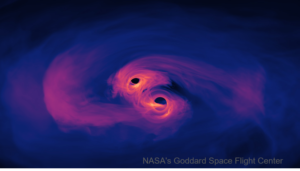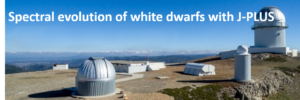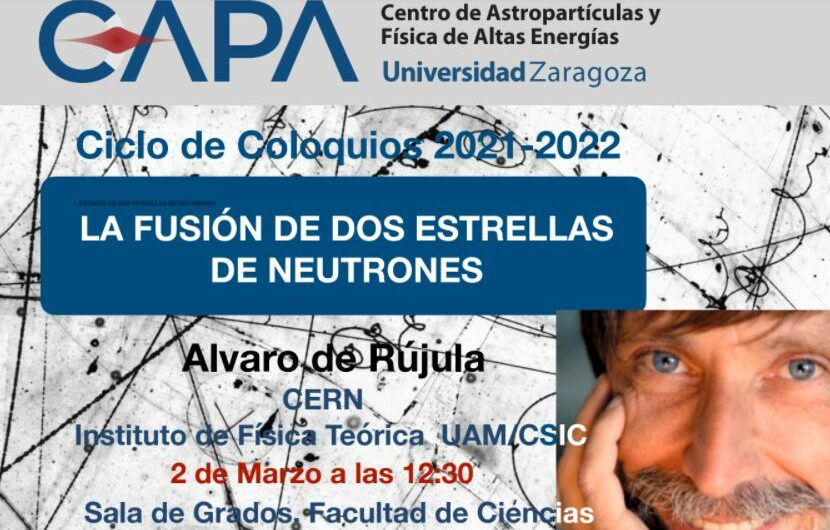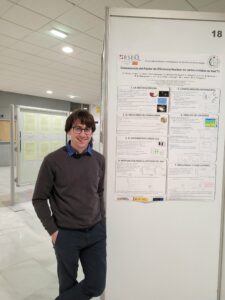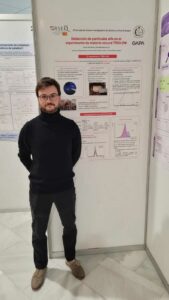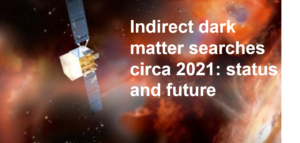«La física del Universo», cursos extraordinarios de la Universidad de Zaragoza en Jaca

El reto con el que se encuentra actualmente la física fundamental, tras el descubrimiento del Higgs, que completa el modelo estándar, es la física más allá de dicho modelo, necesaria para entender y describir la
energía oscura, la materia oscura, y las oscilaciones de neutrinos. Cada vez más la sociedad se interesa por los avances en la física fundamental y la tecnología que apoya sus experimentos. El objetivo del curso es dar una pequeña introducción de temas relacionados con la Física del Universo, proporcionando los conceptos básicos y el estado actual de nuestros conocimientos. Parte de los objetivos consisten en difundir los conceptos fundamentales, para que éstos puedan incorporarse a programas docentes de diferentes niveles educativos preuniversitarios.

